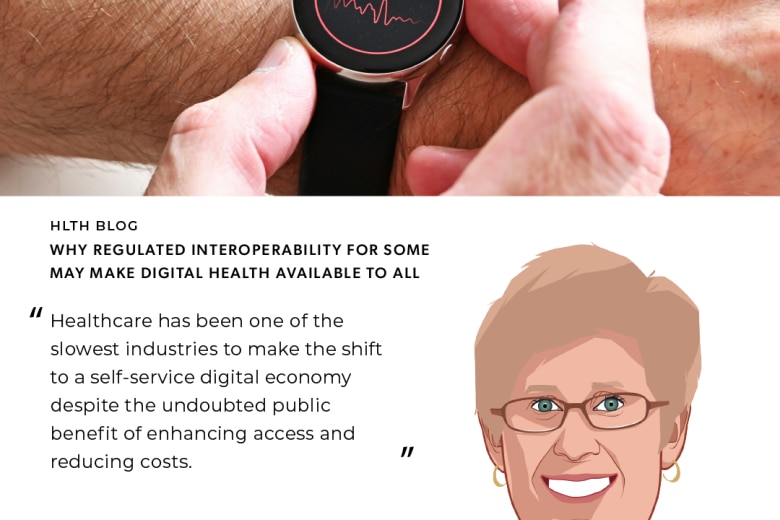I recently read this quote, shared by a healthcare CEO in a KLAS research report. And it captures a critical issue facing healthcare organizations (HCOs) nationwide: Provider data management.
In healthcare we often think of inventory as it relates to physical products, like bandages or medication. These supplies are closely managed. We know exactly where they’re located, when they’re used and how to get them in the hands of patients as needed. But when it comes to managing the human side of care, hospitals and health systems struggle daily to connect patients with the best available resources. Why? Because many don’t have a firm grasp on their “inventory” – the providers, facilities and medical equipment available in network to prospective patients.
Provider information is fragmented across the care landscape, with directories containing inaccurate and out-of-date information. In our increasingly complex and interconnected healthcare system, this poor provider data is causing a range of issues – resulting in patient dissatisfaction, referral leakage, delays in care and longer claims processing.
Recent HIMSS Market Insights research underscores this problem. In a survey of 100 healthcare organization (HCO) executives, only 8% characterized their provider data as “excellent.” The study also revealed that perceptions related to both the quality and importance of provider data varied significantly based on the size of the organization – with large, multi-facility organizations facing more challenges.
It’s no surprise that HCOs struggle to keep provider data up-to-date and accurate – in large part because this information is constantly changing. Provider turnover is estimated at 25% annually, while schedules and office locations are frequently adjusted. Add the constant churn of insurance plan participation, and you begin to see why connecting patients with accurate provider information is so difficult.
The downstream effects of inaccurate provider data are massive. Despite significant investments in patient engagement tools and digital front door strategies, patients still have difficulty accessing care when, where and how they need it. Providers frequently make referrals to out-of-network providers. And underutilization results in low provider satisfaction.
In the HIMSS survey, there was near unanimous agreement (92%) on the importance of having a clean, organized, and up-to-date provider data management solution in improving the patient experience and employee satisfaction. But until recently, there hasn’t been a comprehensive standard for exchanging provider information. The development of the FHIR PDEX Plan Net standard has been a giant leap forward. Yet, there are still many unmet needs in healthcare related to sharing information across an organization.
To fix the provider inventory problem, HCOs need to take an ecosystem approach to provider data management. This means investing in tools and systems that can facilitate the real-time distribution of clean provider information.
When this critical data is freely shared across an organization, patients may discover that finding the right provider is finally as simple as filling their latest prescription.




































